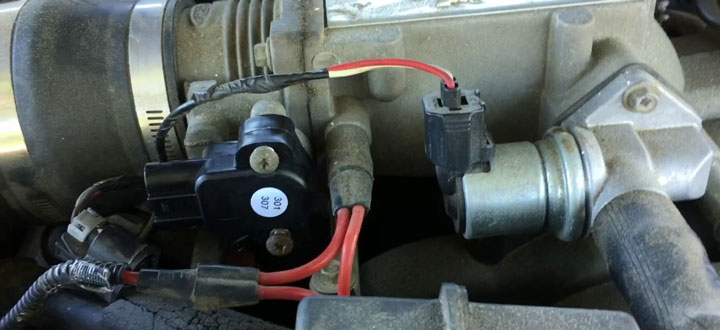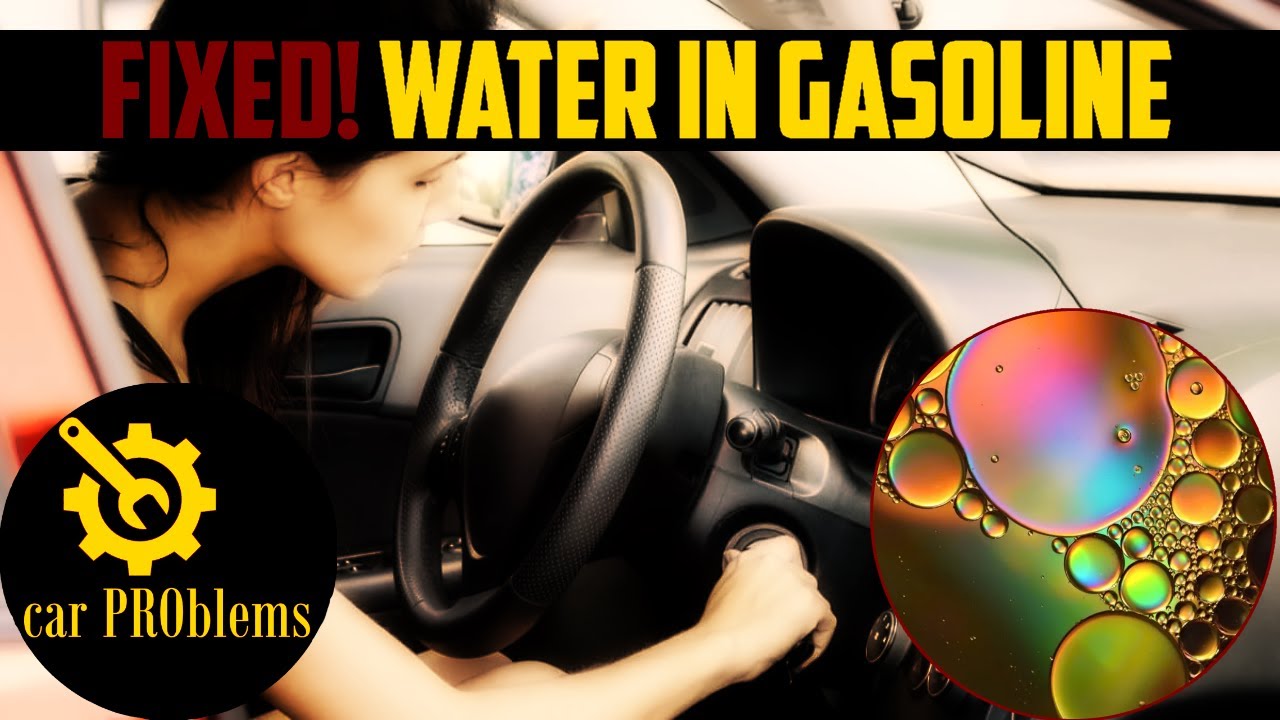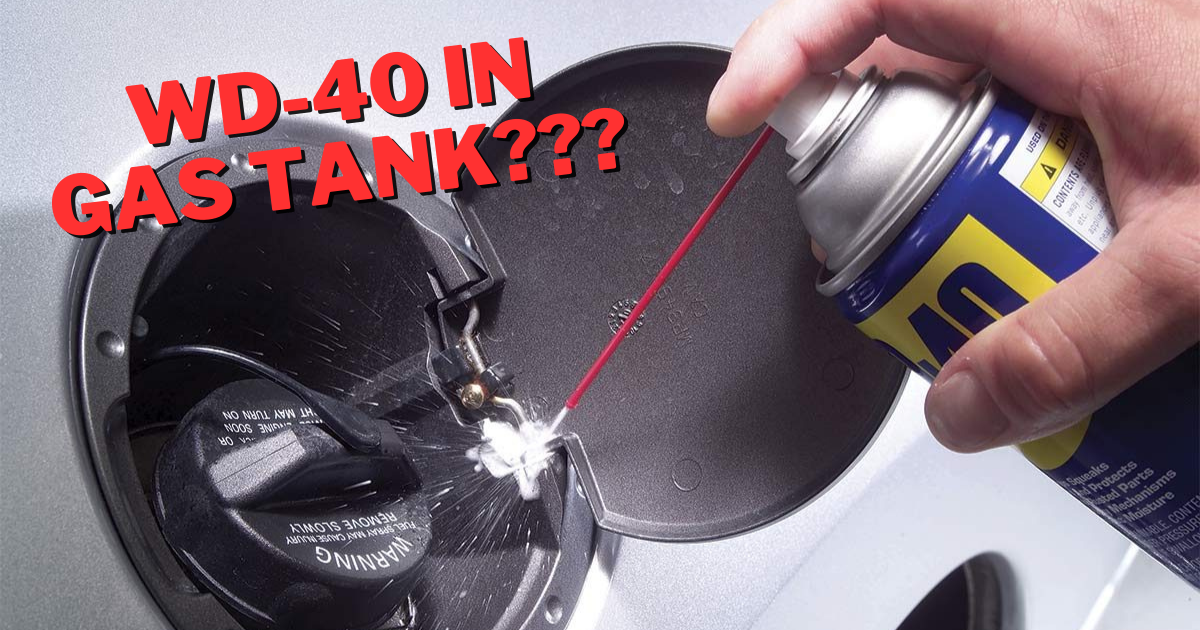How frustrating if your gas pedal goes to the floor and you get no acceleration? Have you experienced this before? Once or multiple times? Your baby ride can accelerate poorly or not at all.
Several reasons can cause this, and some are complicated enough to require an auto mechanic’s diagnostic and checkup.
What causes the gas pedal to hit the floor with no acceleration?

Most of the causes are minor and not engine compartment-related, requiring expensive repairs. Diagnostics and comprehensive examinations usually reveal small flaws that must be corrected.
Faulty Oxygen sensor:
The oxygen sensor tells the onboard computer the engine’s air-fuel ratio. Lean or rich fuel mixes can arise from this sensor malfunctioning or delivering incorrect data to the auto computer. Gas pedal depressing slows acceleration.
Broken or clogged mass airflow sensor (MAF): Measures intake manifold airflow. Clogged or malfunctioning MAF sensors send incorrect data to the auto computer, which supplies unmeasured air to the engine. Bad MAFs transmit incorrect data to the onboard computer, affecting air-fuel calculations.
Faulty throttle position sensor (TPS): It detects the gas pedal-controlled throttle valve opening and closing angle. The automobile computer receives throttle valve opening and closing angle data from the TPS.
Clogged fuel filter: The fuel injection system relies on a fuel filter to work smoothly. When the fuel filter clogs, the car starts but won’t rev. A clogged fuel filter prevents the engine from receiving enough fuel, causing performance concerns.
Worn-out timing belt: A timing belt straps the engine camshaft and crankshaft. One or more belt teeth falling off will severely affect acceleration. Timing belt replacement may be needed if your car accelerates slowly.
Ignition problems:
Spark plugs, distributors, high-tension wires, coils, or engine misfires can also cause ignition issues. A cylinder won’t explode without a spark. (A scheduled explosion keeps the engine running smoothly). A mistimed spark is worthless and might damage the engine.
Mechanical issues: Because the internal combustion engine has many moving parts, many components might wear out or fail.
How to Diagnose and Fix a Car With No Acceleration When the Gas Pedal Is Down

Gas pedals connect drivers to throttle bodies and TPSs. The onboard computer and throttle body can adapt to driver speed with these components.
Several problems can cause your gas pedal to go to the floor but slow acceleration. Based on your vehicle’s make and model, we’ll explain how to detect and fix these faults. Start car diagnosis with common faults.
First part: Visually inspect
Minor difficulties may be to blame. Visually assess and start with them before imagining the worst.
Step1: check the accelerator pedal visually
Check the gas pedal for obstructions. Was anything rolled under? Remove the floor mat and check for obstructions.
Step 2: examine the throttle body visually
Open your engine bay to find the throttle body. The throttle body may be uncovered or require component removal, depending on your vehicle engine architecture. Look for physical damage, severe carbon deposit, broken throttle body, unplugged TPS, or obstructions.
Step 3: Check system problems visually
Check the left-side firewall linkage for straightness, alignment, tightness, and integrity. Several acceleration issues can result from loose, bent, or slacker connections.
Second part: Other system components
Since there are no faults, the cause is likely hard to find. Scan your vehicle to quickly identify the problem. Most auto spare parts can be scanned nationwide. If none are accessible, check these.
Step 1: Check the throttle position sensor
A dirty or defective TPS sensor sends erroneous information to the automobile computer, affecting the driver’s speed. Your automobile may not accelerate yet have fluctuating RPM.
A little cleaning will fix this. Unfortunately, you may need to replace the sensor.
Step 2: Check the gasoline filter
A clogged gasoline filter prevents enough fuel from entering the engine, making the gas pedal sluggish. Fuel filters that clog should be replaced. Avoid servicing it. It may fail.
Step 3: Check the gasoline pump
Access the fuel pump in the gas tank and replace it to fix problems. Fuel modules may need to be replaced in newer cars. Instead of replacing the gasoline pump, replace the module.
Step 4: Check the MAF sensor
MAF sensors inform onboard computers how much air to add to the manifold to mix fuel. Faulty sensors transmit erroneous information, causing engine problems. A defective mass airflow sensor causes an unresponsive gas pedal. Replace the MAF sensor to fix this. This unit is broken.
Step 5: Consider alternative causes:
Other malfunctioning parts may prevent acceleration even when the gas pedal is depressed.
Failures in oxygen sensors, catalytic converters, EGR valves, timing belts, spark plugs, and ignition cables are among these reasons. Replace any of these parts to resume baby riding.




